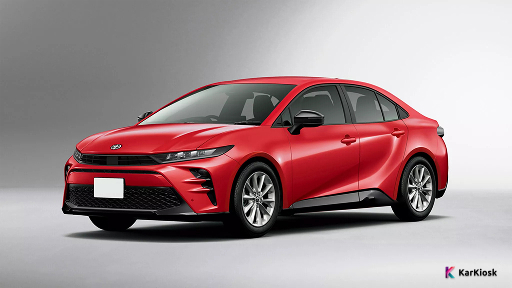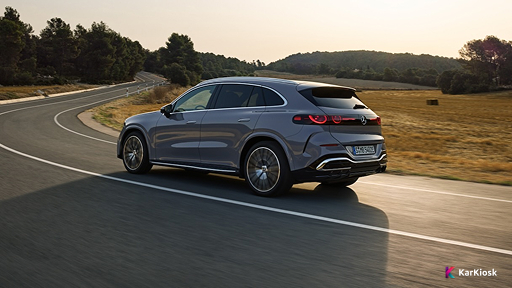What Down Payment Should You Make When Buying a Car?
Buying a car is an exciting milestone, whether you're upgrading to a newer model, downsizing, or purchasing your very first vehicle. But before you drive off the lot, one question often stumps car buyers—how much should you put down as a down payment? The answer depends on several factors, including your financial situation, credit profile, and the type of car you’re purchasing. Here’s a breakdown of what you need to consider.
What is a Down Payment and Why Does It Matter?
A down payment is the initial amount of money you pay when purchasing a car. This payment is subtracted from the total price of the vehicle, and the remaining balance is typically financed through a loan. A substantial down payment reduces the amount you need to borrow, potentially lowering your monthly payments, the total interest paid over the life of the loan, and even your auto insurance rates.
The General Rule of Thumb
Most financial experts recommend putting down at least 20% of the car's price when buying a new vehicle and at least 10% for a used car. Here’s why this rule exists:
For new cars: Cars lose about 20% of their value in the first year. A 20% down payment helps you avoid owing more on your loan than the car is worth (called “being upside down” or “negative equity”).
For used cars: Since used cars depreciate more slowly, a 10% down payment is often sufficient.
However, this is just a guideline. Your ideal down payment might vary based on your circumstances.
Factors to Consider When Setting Your Down Payment
1. Your Budget and Savings
How much can you comfortably afford to put down without depleting your emergency fund? While a larger down payment reduces your monthly payments, it’s not worth it if it leaves you financially vulnerable.
2. Your Loan Terms
A higher down payment can positively impact your loan terms:
Lower Monthly Payments: Reducing the amount financed results in more manageable monthly payments.
Lower Interest Rates: Lenders may offer better interest rates to buyers with larger down payments, as this reduces the lender’s risk.
Shorter Loan Terms: Financing a smaller amount could help you pay off your loan faster.
If you want to minimize long-term costs, aim to put down more money upfront.
3. Your Credit Score
Your credit score plays a key role in determining your loan’s interest rate. Buyers with good or excellent credit (a score of 670 or higher) may qualify for low-interest rates even with a smaller down payment. On the other hand, if your credit score is less than stellar, a larger down payment might be necessary to secure a favorable loan.
4. New vs. Used Cars
Whether you’re buying new or used will influence how much you should put down:
New Cars: Since these depreciate quickly, a 20% down payment can help offset this loss.
Used Cars: These vehicles have already gone through the steepest depreciation phase, so a smaller down payment may suffice.
5. Dealer and Manufacturer Incentives
Keep an eye out for promotions, trade-in deals, or manufacturer incentives. Some dealerships offer incentives like zero down payment deals, but it’s essential to ensure that these deals don’t lead to higher interest rates or longer loan terms that increase your total costs.
What Happens If You Can’t Afford a Big Down Payment?
If a 20% or 10% down payment isn’t possible, don’t panic. Here are some alternative approaches:
Make a Smaller Down Payment: While putting less money down means higher monthly payments, this can still be a viable option if your budget allows for it.
Consider a Trade-In: If you have a vehicle to trade in, its value can be used as a down payment or to offset costs.
Save Up First: Delay your purchase to save more for a down payment. While this can be frustrating, it might save you money in the long run.
Look for Affordable Vehicles: If your dream car’s down payment isn’t realistic, consider choosing a less expensive option.
Final Thoughts
The size of your down payment can significantly influence your total cost of ownership when buying a car. As a rule of thumb, 20% is ideal for new cars, while 10% works for used ones. Ultimately, your down payment should align with your financial comfort, loan terms, and long-term goals.
Before you buy, take the time to do the math. Shop around for financing options, compare vehicle prices, and determine what works best for your budget. A well-planned down payment can ensure a smoother buying experience and peace of mind for years to come.




